הנס הופמן(1880-1966)
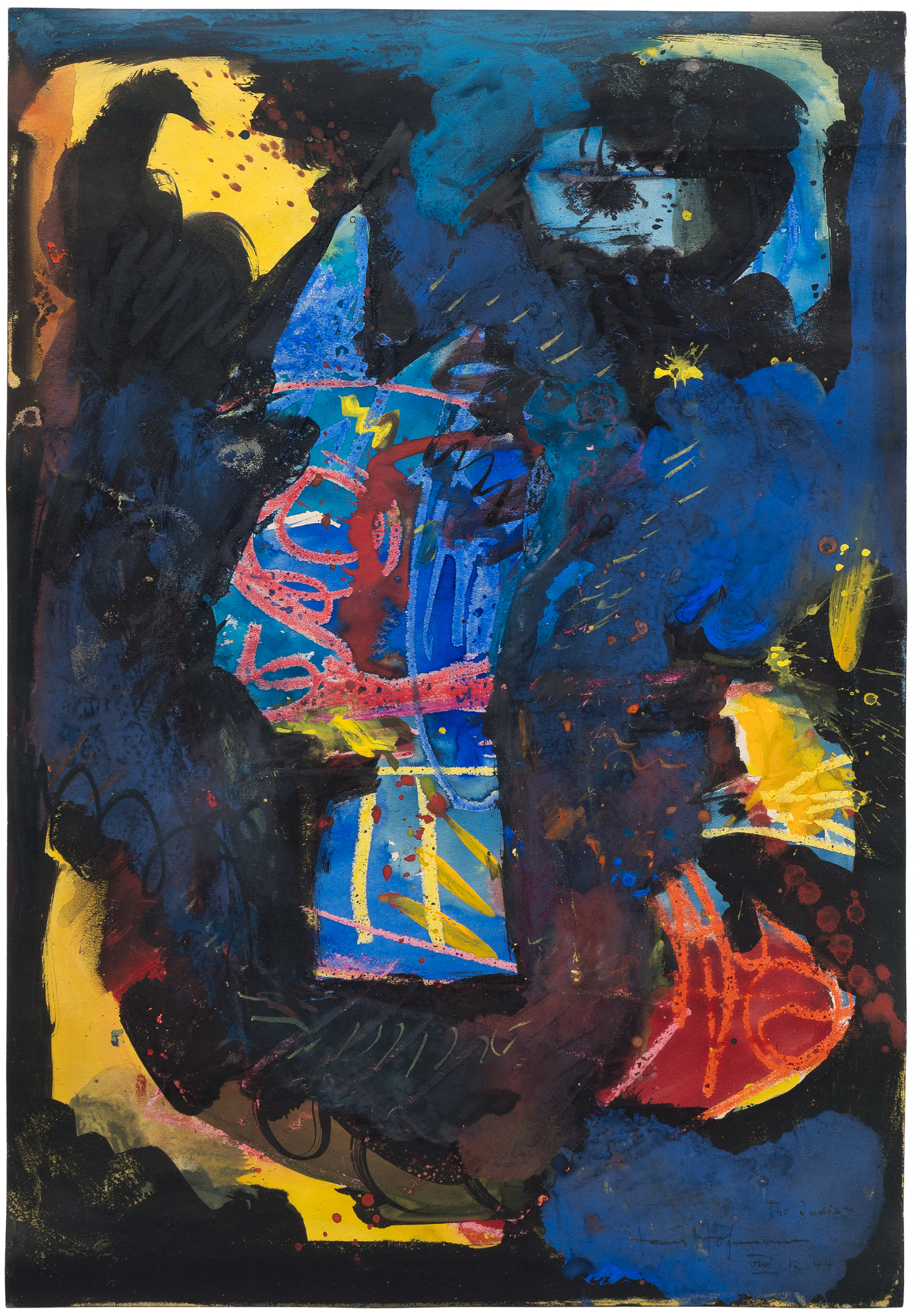
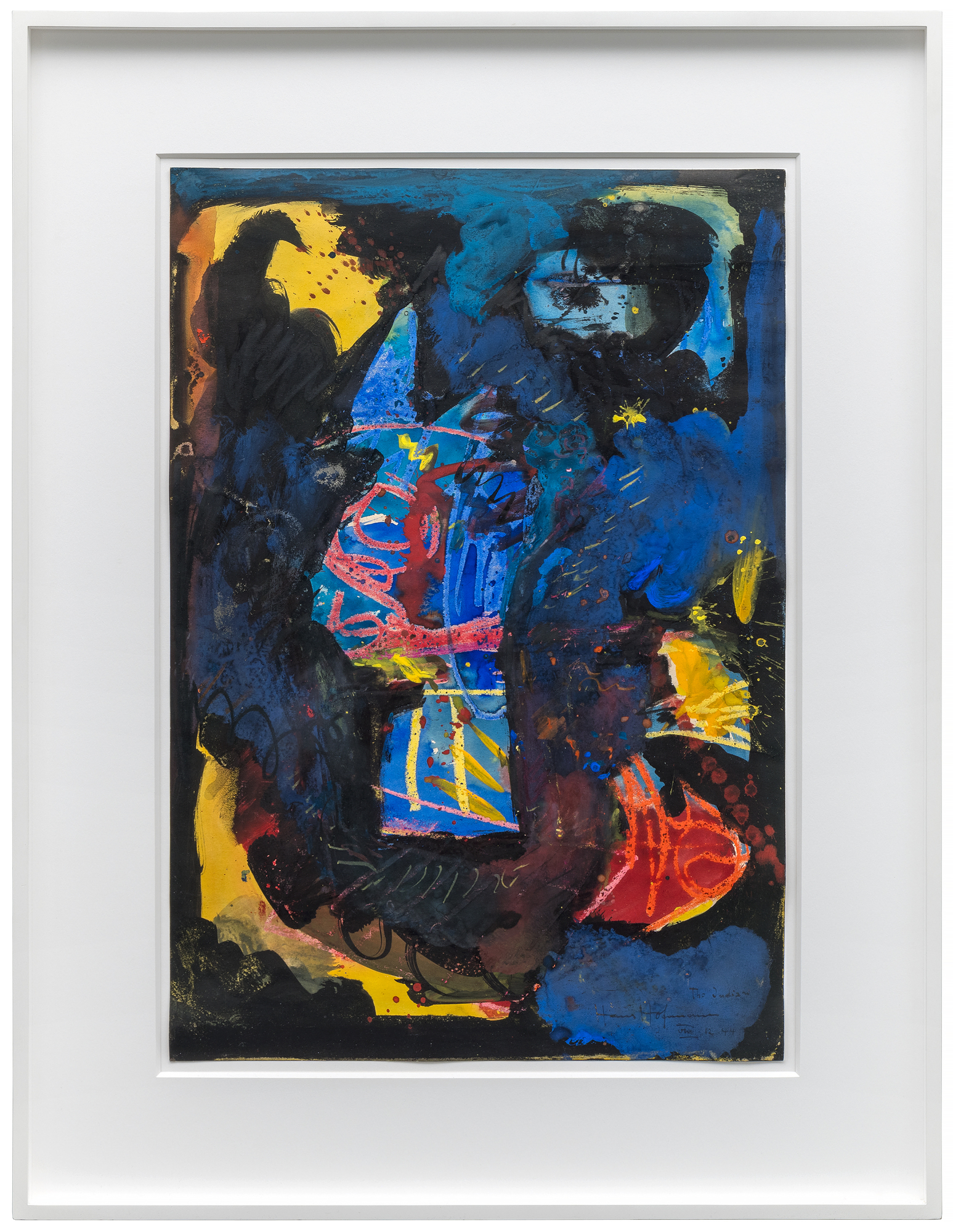
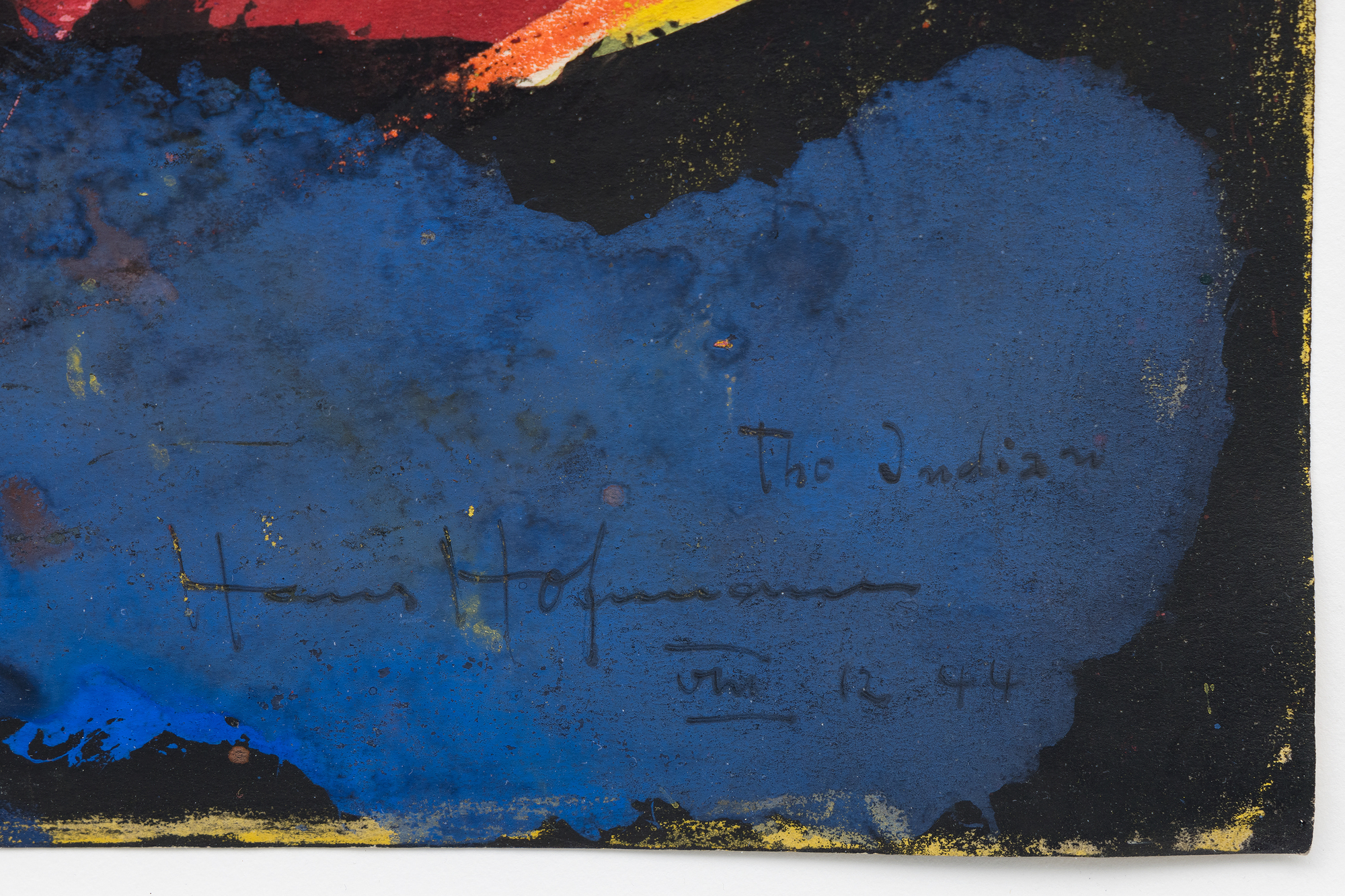
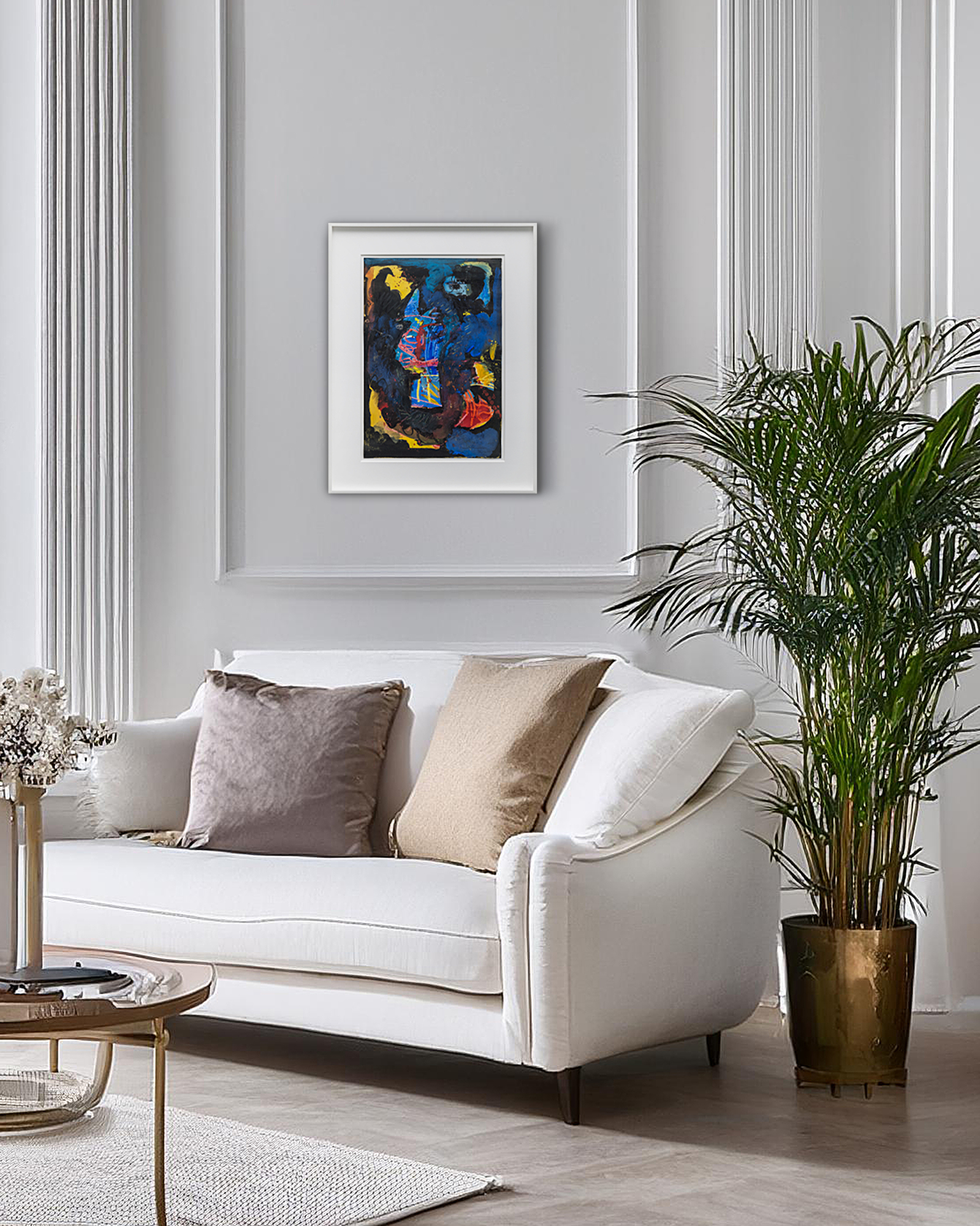
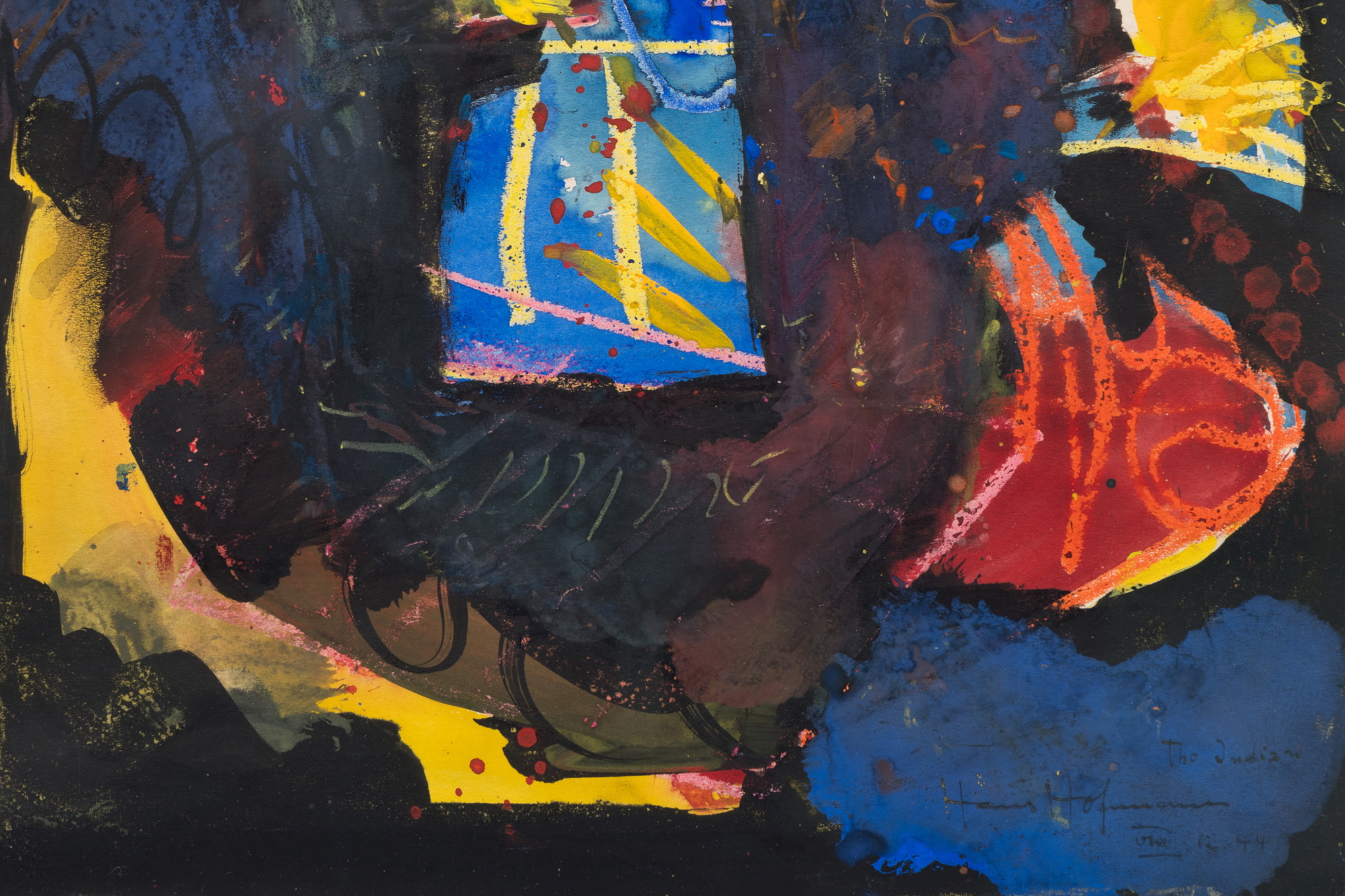
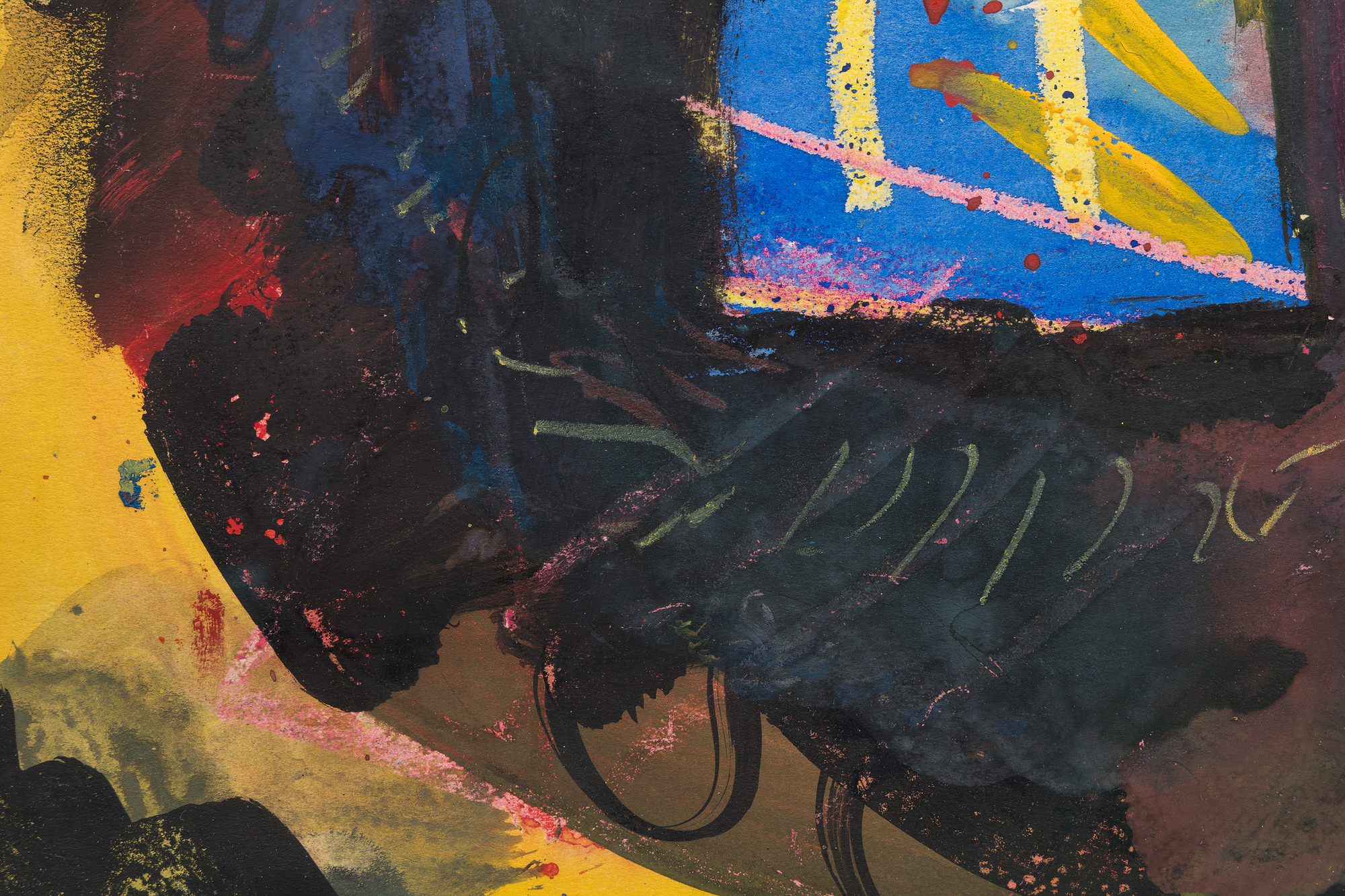

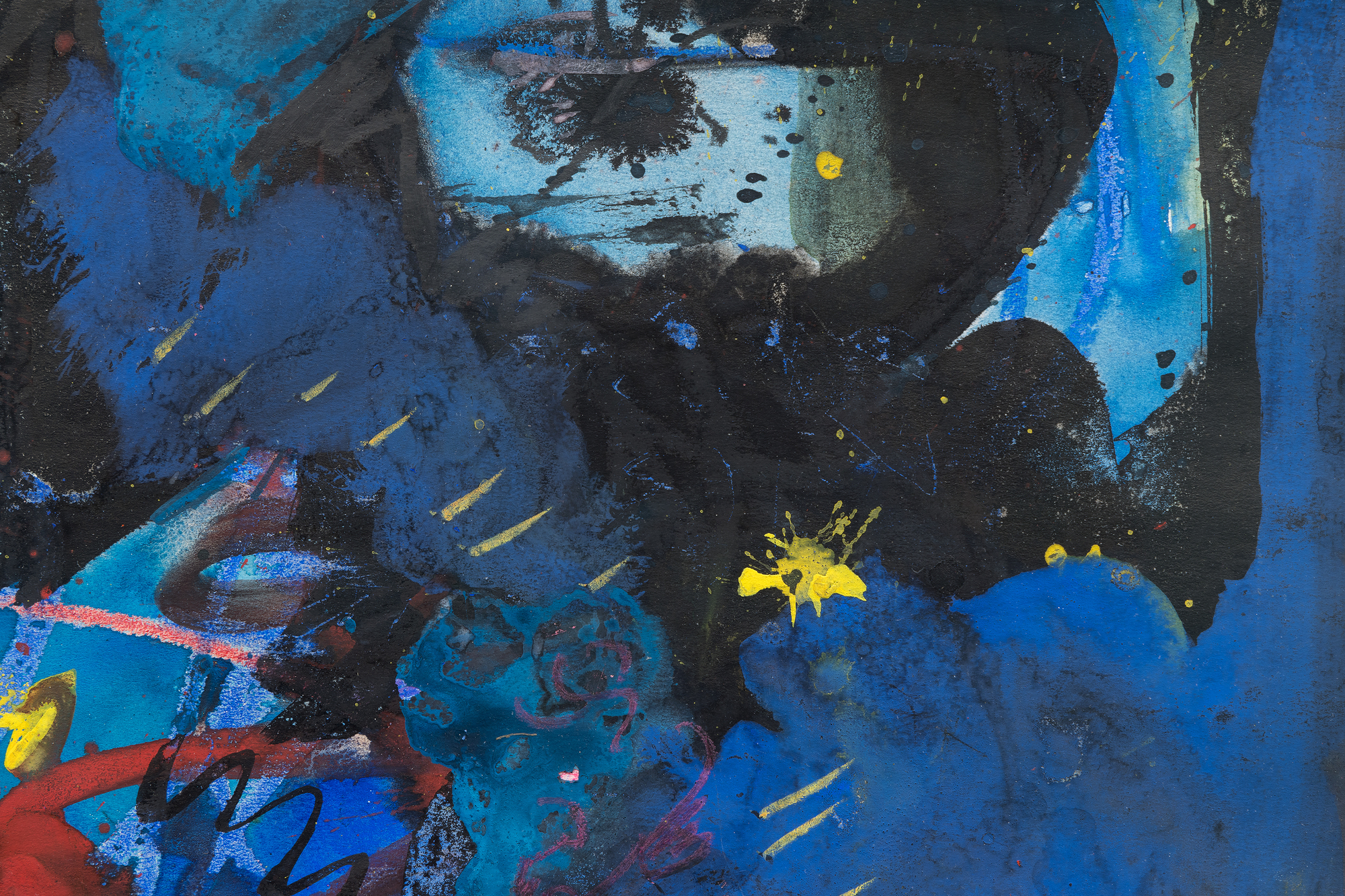
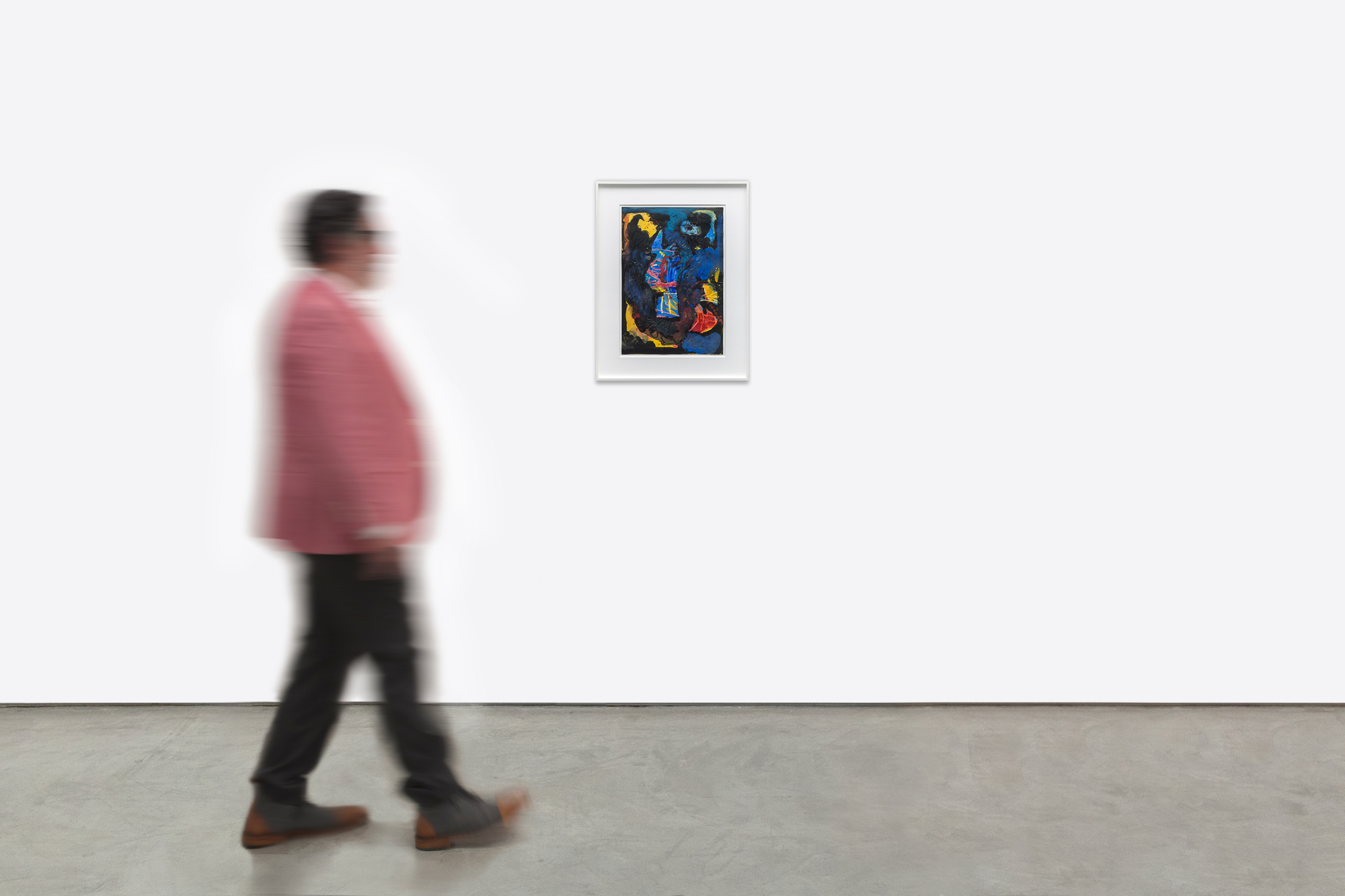
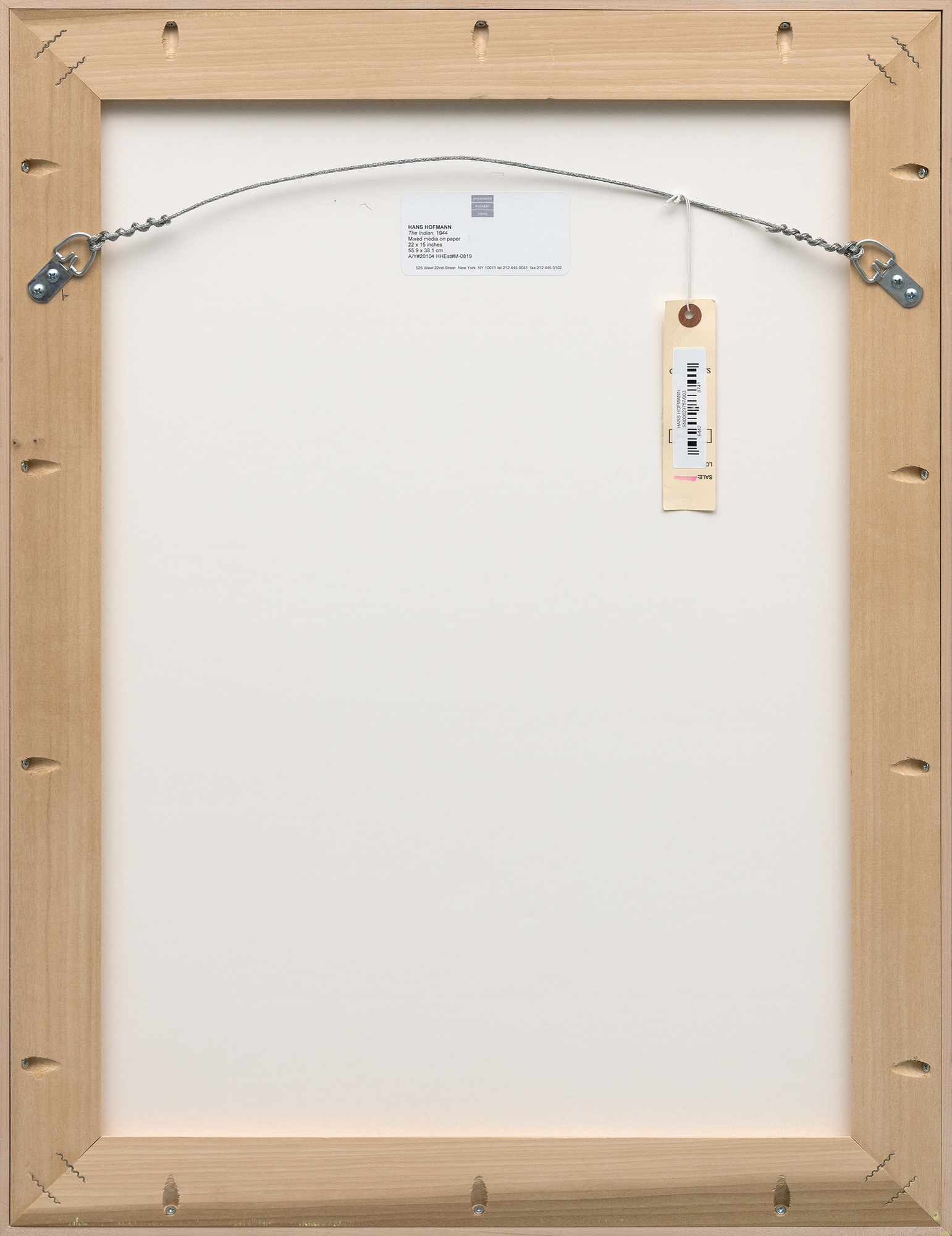
מקור ומקור
אמרינגר מקנרי יוהה, ניו יורקאוסף פרטי, ניו ג'רזי
200,000
המתח בין הצורה המרכזית לרקע התוסס שלה מדגים את המעבר של הופמן במהלך שנות ה-40 מקפדנות קוביסטית לטכניקות אקספרסיוניסטיות בלתי מוגבלות יותר. ההודי לוכד את האנרגיה של תקופה מרכזית זו, עם ההפשטה המרובדת ותתי הגוונים הסמליים המשקפים את יכולתו של הופמן לאחד בין ספונטניות מחוותית לבין איזון קומפוזיאני מכוון.


